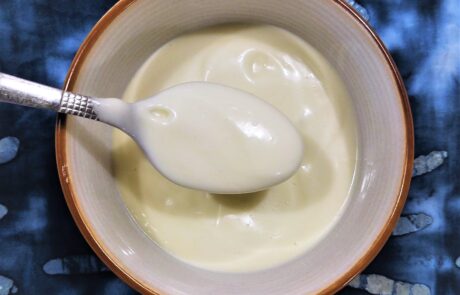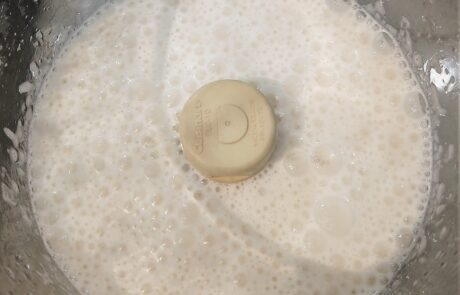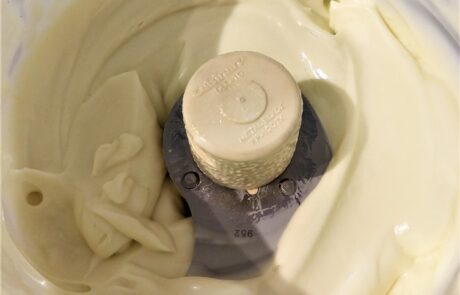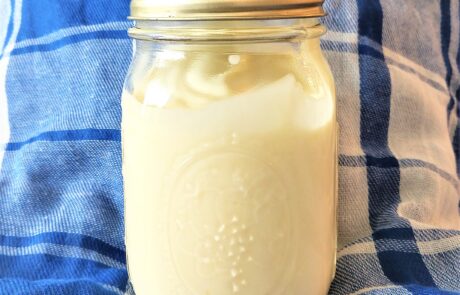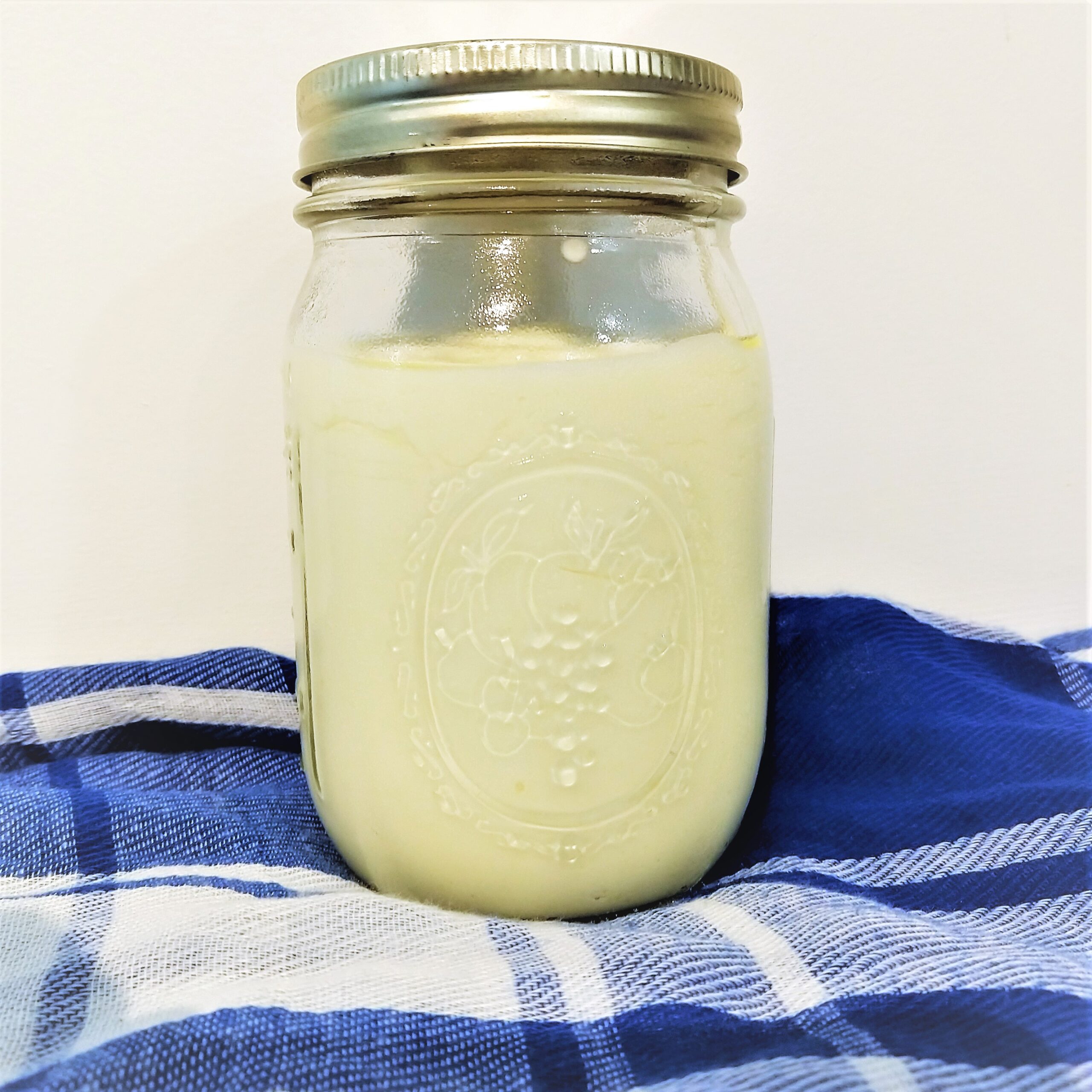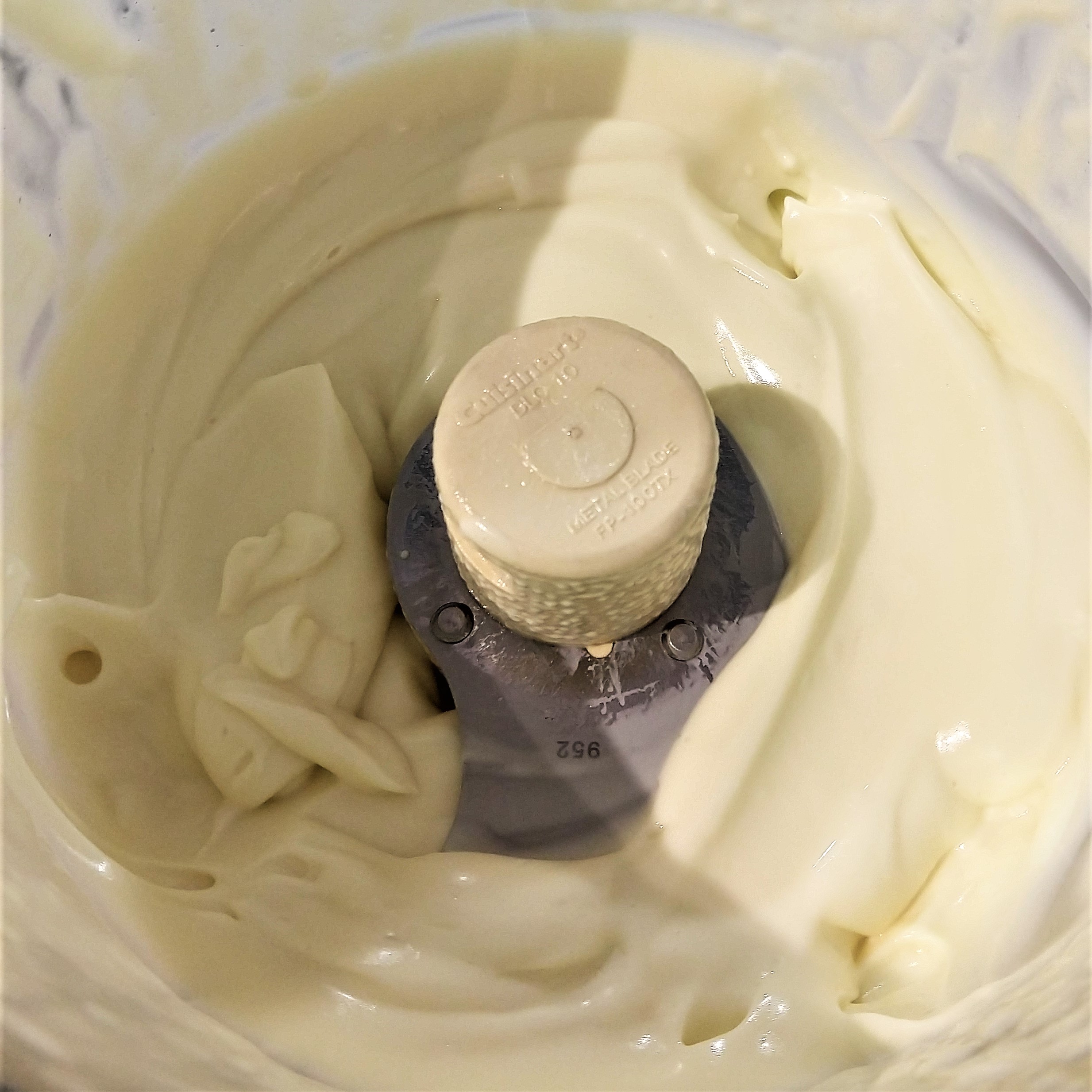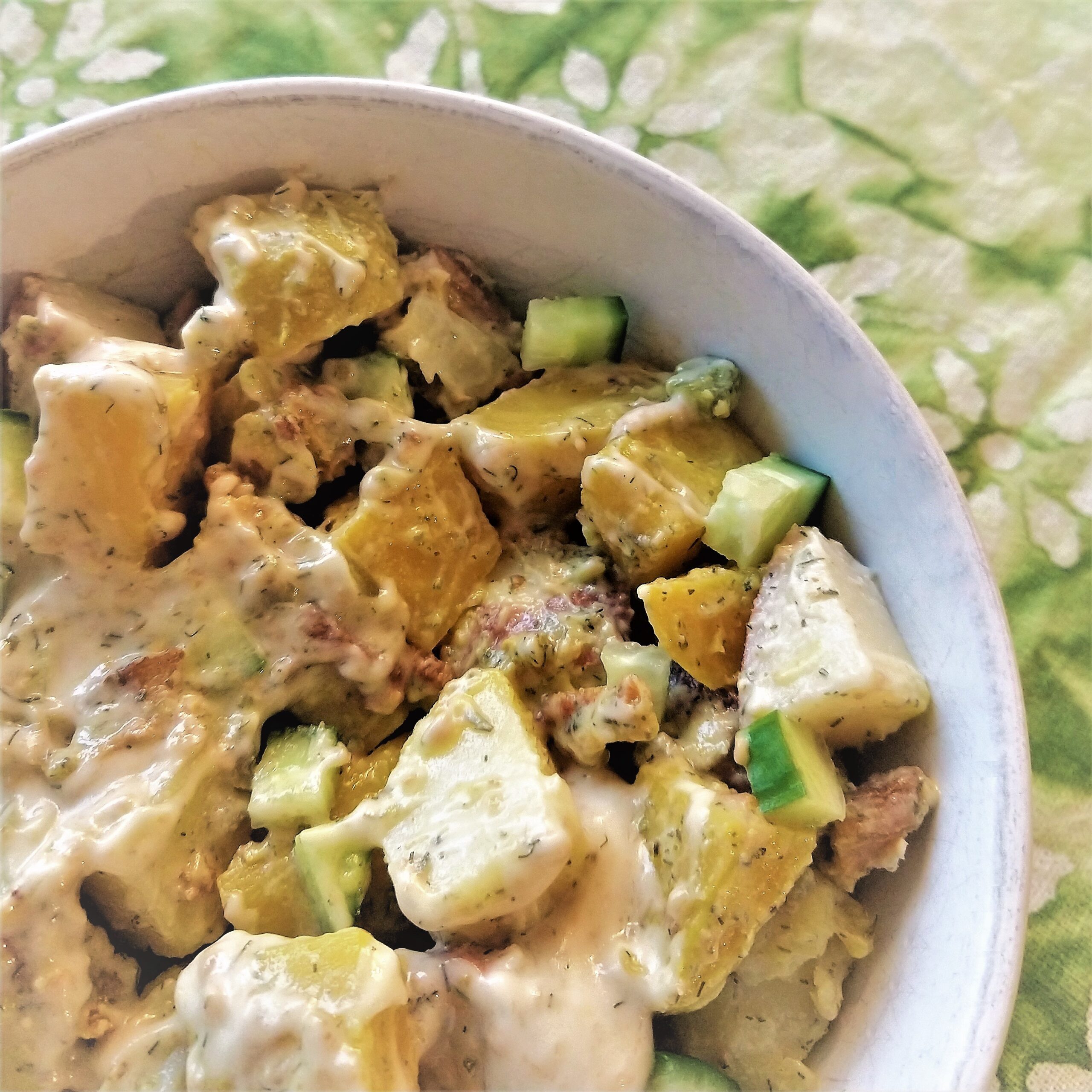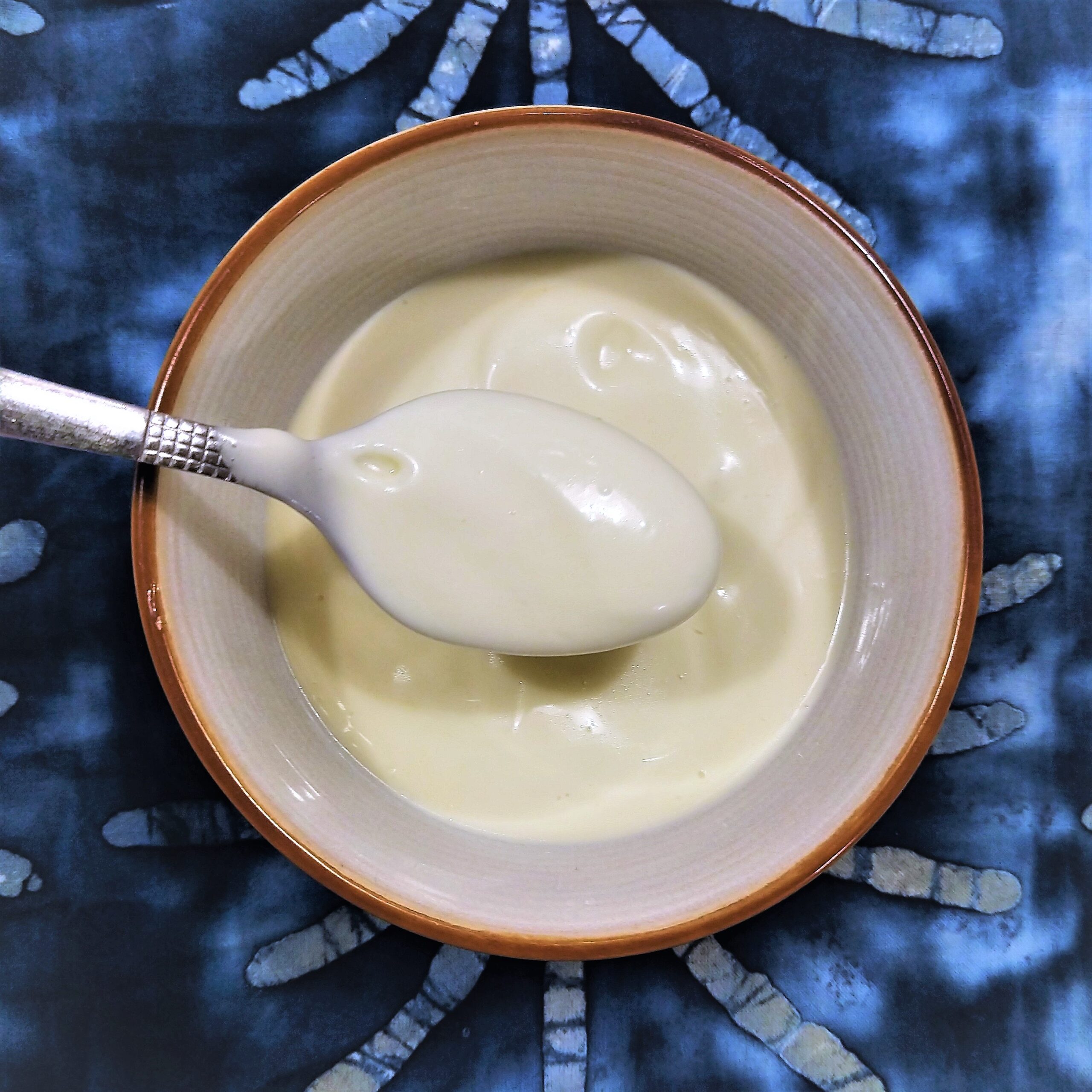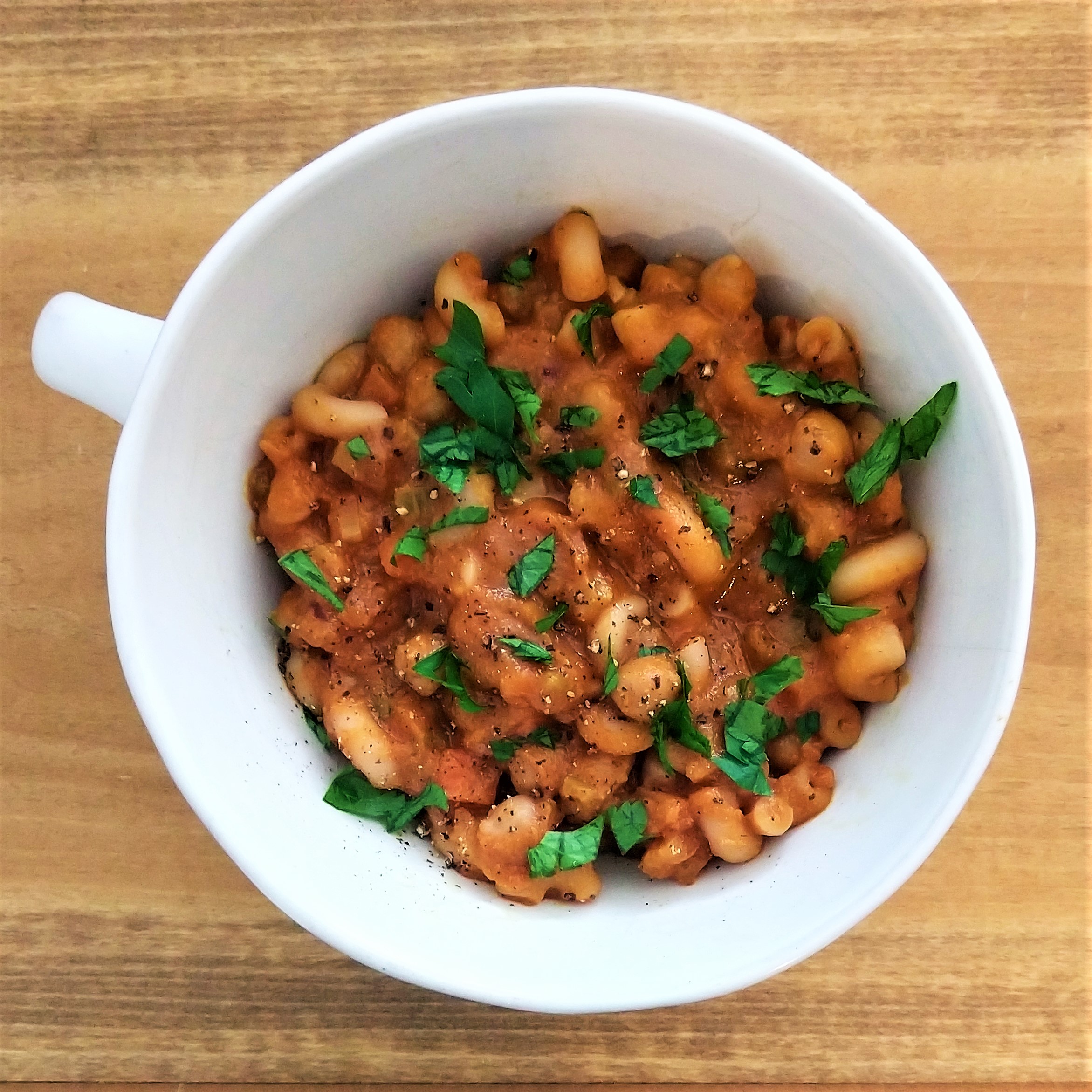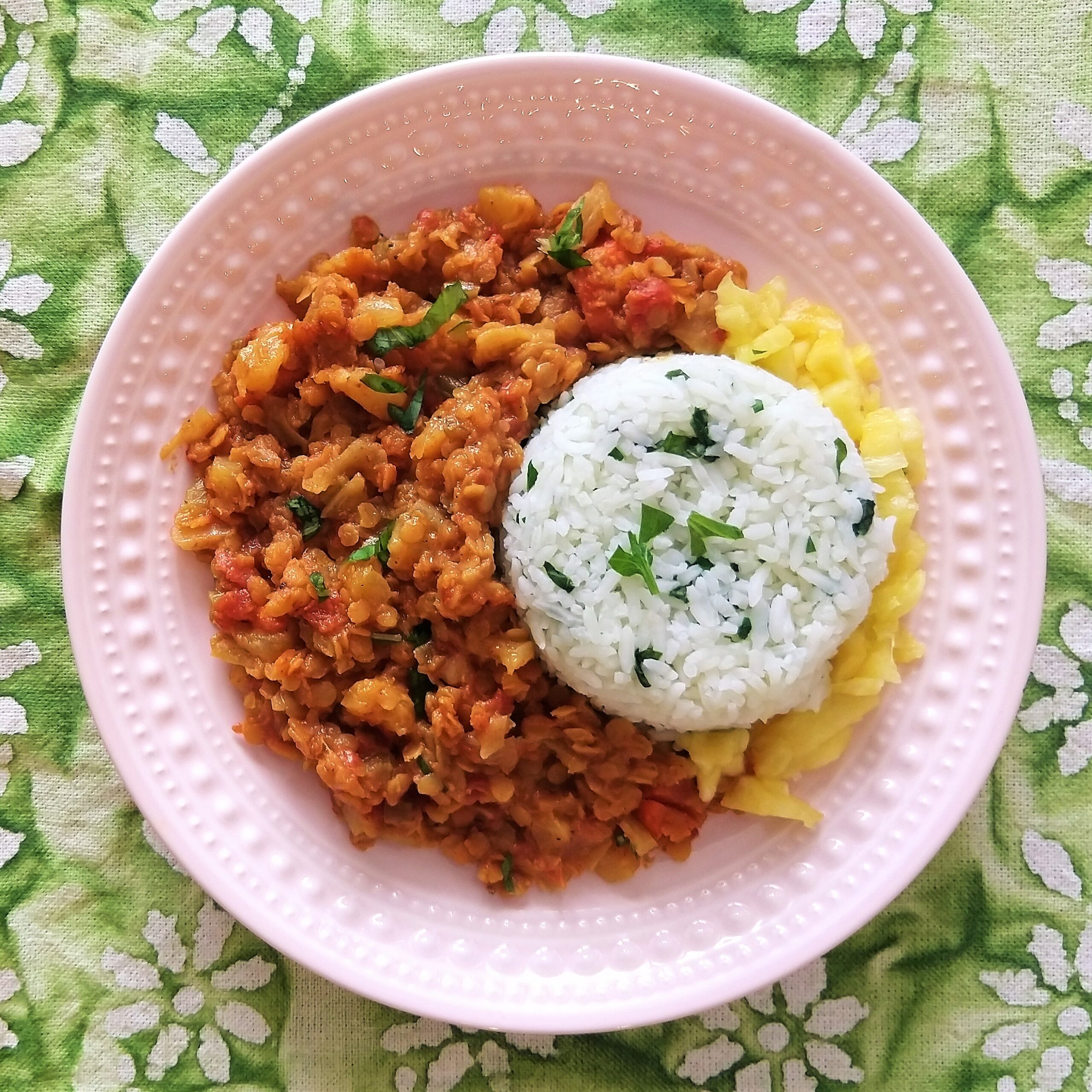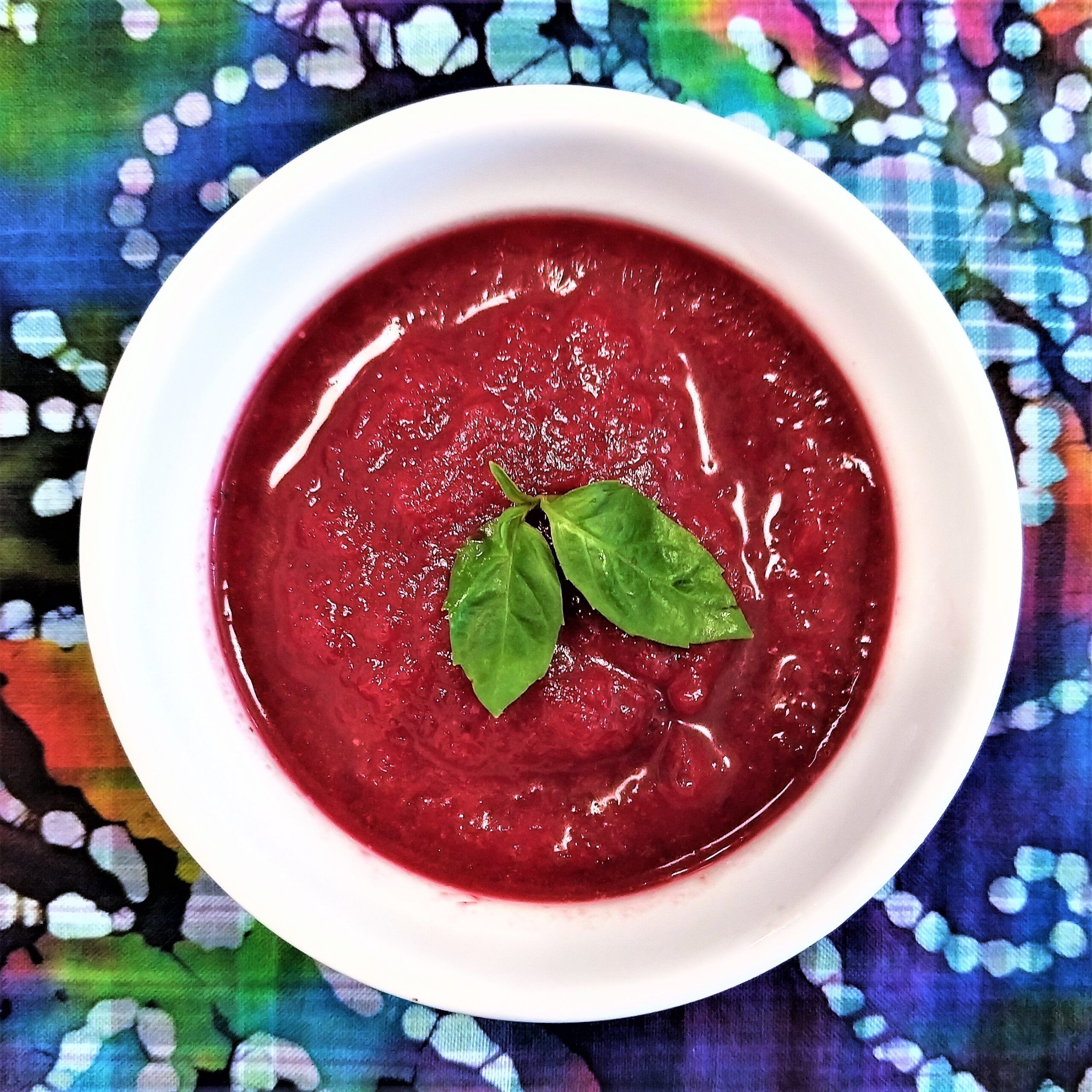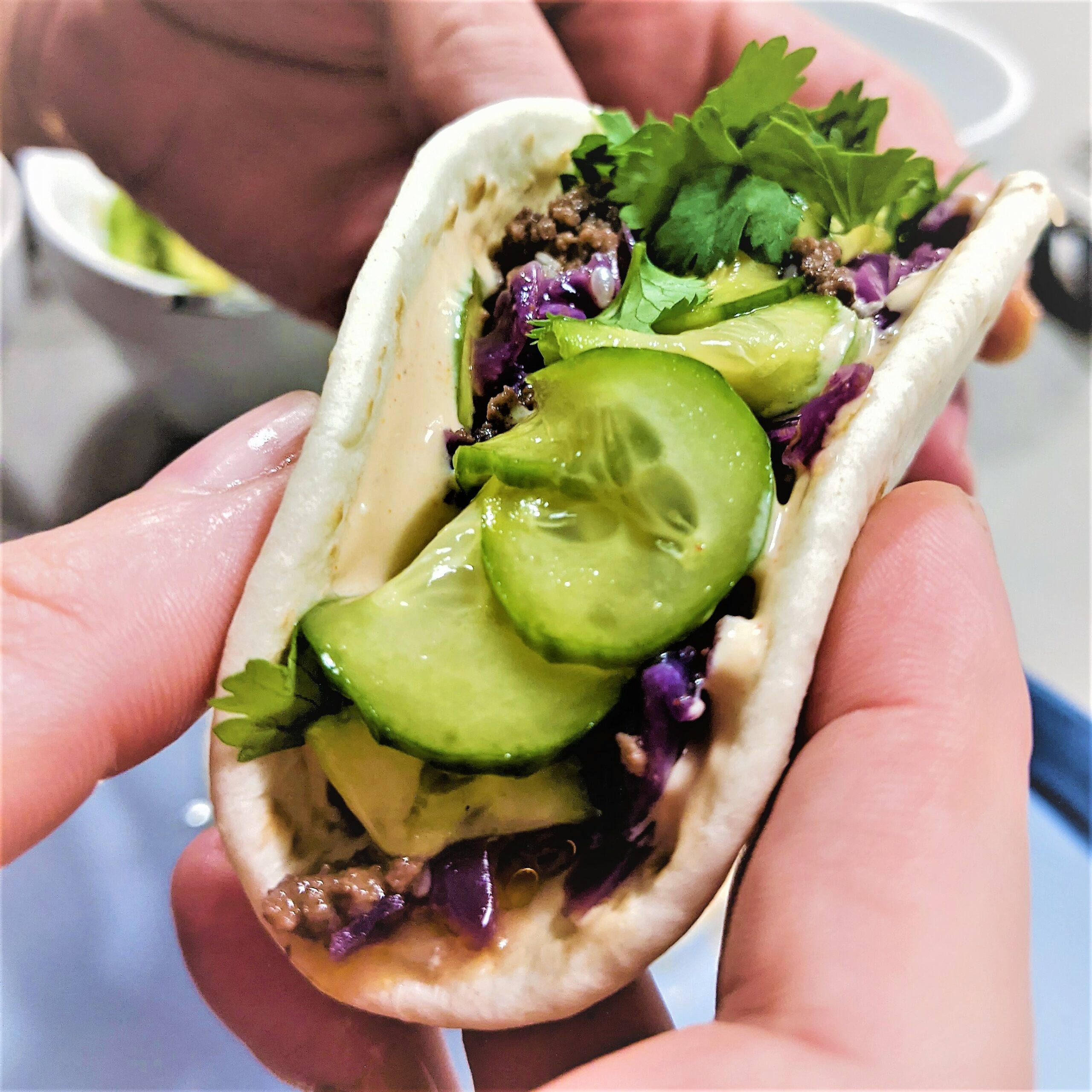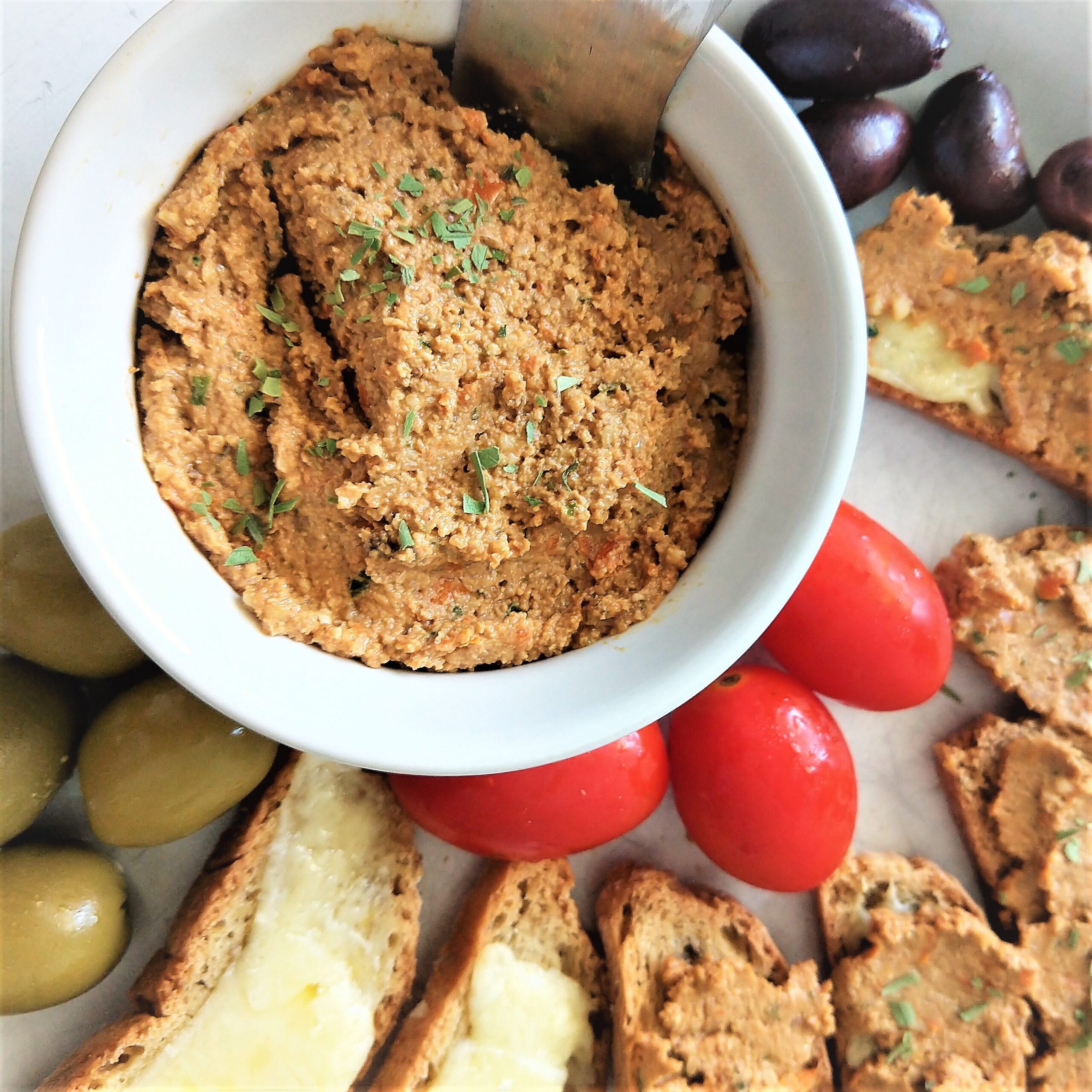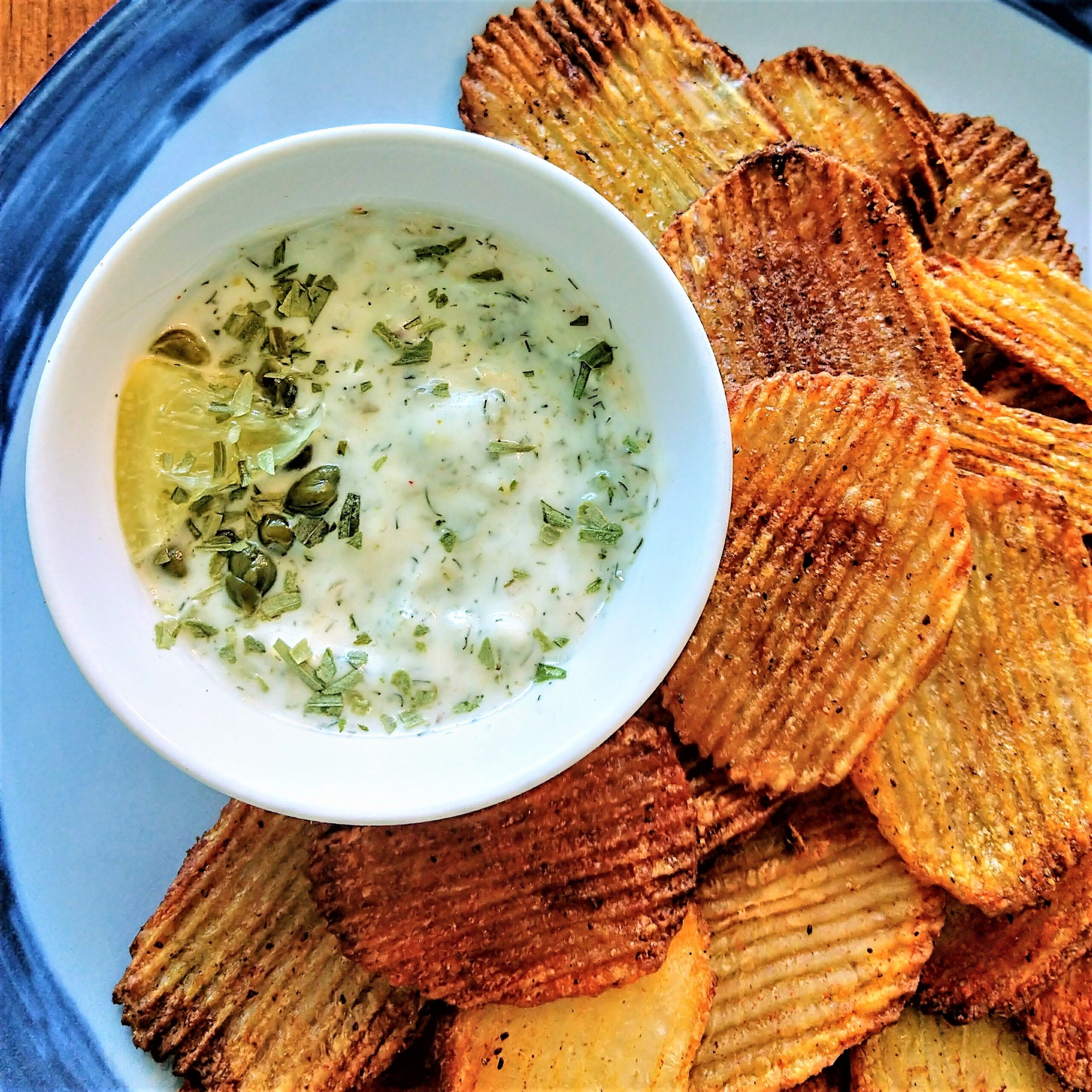America is a land of possibilities where pickles, potatoes and mayonnaise somehow create a “salad.” I generally dislike processed mayo, though my basic self occasionally loooves some spicy mayo on a sushi roll. That being said, homemade mayo presents a nicely fatty compliment to acidic ingredients and makes a great base for condiments and dips.
Since Boyfriend can’t eat eggs, we’ve made this egg-free version by emulsifying salt, vinegar, oil, and aquafaba. Aquafaba is the liquid that comes from cooking chickpeas (the liquid inside a can of chickpeas). It might seem odd, but the texture is identical! If you don’t use chickpeas, I’ve also successfully made this with the water from other beans like kidney, white navy, and pinto. It’s creamy, tangy, and so much cheaper than buying a bottle of vegan mayo at the store!
HEY! HO! MAYO! HEY! HO! LET’S GO!
Prep:
5 min
Blend:
5-10 min
Total:
10-15 min
Using ¼ cup aquafaba, this recipe makes ~1 cup (~237 ml) of egg-free mayo; each serving is 1 tbsp. If you want more than 1 cup, an average 15 oz can of chickpeas has about ¾-1 cup aquafaba. You’ll need a food processor or an immersion blender. A standing blender won’t work unless it has a small opening at the top where you can gradually stream in the oil. Mechanical advantage and enough space for aeration seem necessary for good texture.
INGREDIENTS:
- ¼ cup aquafaba (~59 ml)
- ¼ tsp fine salt*
- 1 tbsp lemon juice or apple cider vinegar
- ½ cup mild olive oil (~118 ml) in increments**
- ½ cup neutral oil (avocado/grapeseed/canola) (~118 ml) in increments
*I used iodized salt here because eggs are a natural source of iodine. If a diet omits seafood, seaweed, eggs, fortified wheat and dairy products, it may be low in iodine.
**Extra virgin olive oil has more complex notes and stronger flavor profiles that can pull more bitter; you’ll genuinely get best results from mild olive oil and neutral oils. It’s okay to blend different mild oil types; I’ve mixed in some peanut oil when I didn’t want to use a lot of pricey avocado oil. Don’t use anything like coconut oil that solidifies at room temperature.
[Optional]
- ¼ teaspoon ground mustard or paprika
STEP BY STEP:
WAYS TO USE THIS EGG-FREE MAYO
- Dips: It’s a great base for plant-based dips or dressing. You can make a honey mustard dip using equal parts honey, mustard, and this mayo. Additionally, consider mixing it with herbs and buttermilk to make a ranch dressing, or bake dips like spinach artichoke. You can also jazz it up with flavors like cilantro-lime, chipotle, sriracha, dill + roasted carrot mash, or whatever your preferences are to create your ideal sandwich spread. Tartar sauce is made from mayonnaise, pickles, herbs, capers and lemon juice.
- Deli-style salads: Potato salad, macaroni salad, chicken salad, tuna salad…and the trophy wife of side pieces: COLE SLAW. Cole slaw is the divine intersection of condiment, dip, and salad.
- Grilling: Brush the mayo onto sweet corn, coat with seasonings, lime, then grill some elotes to enjoy! Like regular mayo, it can also prevent other food, like fish and potatoes, from sticking to the grill.
- Frying: You can thin it out or create a batch by doubling acid and aquafaba (but halving the oil) to create an emulsion that works as a great substitute for eggs in frying. Think battering fish, chicken breasts, green tomatoes, eggplant slices….there are heaps of possibilities! Using pickle juice as the acid source is AMAZING for frying chicken and fish! I also love being able to make my usual fried green tomatoes vegan for a friend to enjoy.
- Cooking: Recipes like southern-style tomato pie, pimento cheese, certain casseroles, popper peppers, and many more all benefit from adding mayo. It can even add moistness and mild tanginess to baked goods like biscuits or cobblers!
NUTRITION FACTS
Number of Servings: 13.5
Fiber: 0.01 g
Carbs: 0.17 g
Calories per Serving: 137.75 kcal
Sugar: 0.07 g
Protein: 0.04 g
Weight per Serving: 14.4 g
Fats: 14.97 g
Iron: 0.01 mg
All servings and nutritional measurements are approximate, excluded additional seasonings, and may vary based upon the type of oil used. These estimates are intended for information and guidance purposes only. Please consult a licensed nutrition or medical professional if you need assistance.
Gluten-Free and Vegan Disclaimer: All of the ingredients listed in this recipe are available in gluten-free and vegan versions. Please do your research and verify ingredient lists, as many products can have surprisingly hidden amounts of gluten that can impact those with Celiac Disease and gluten allergies. Likewise, vegans may need to verify if products contain hidden amounts of whey or animal derived ingredients.

